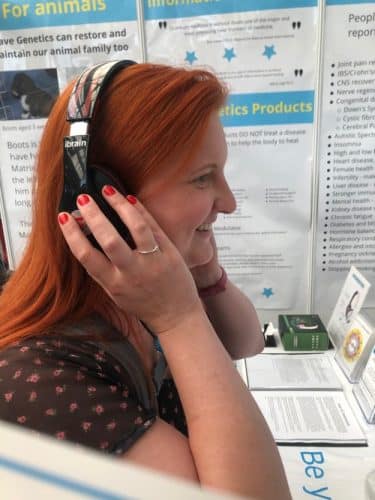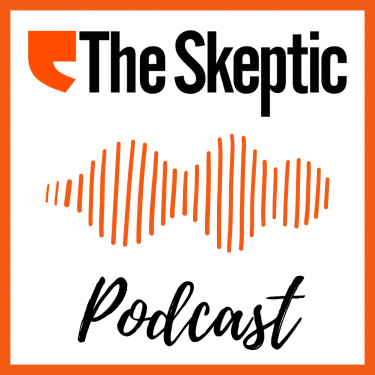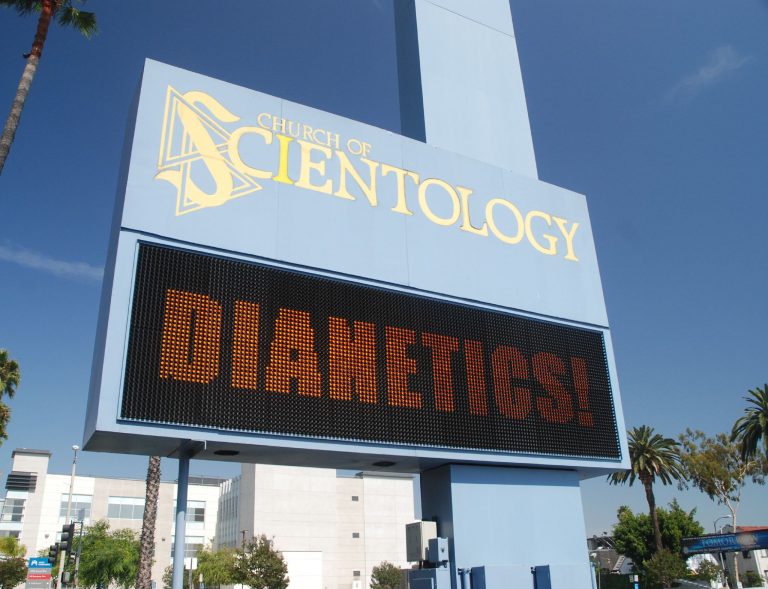Happy Easter! One can celebrate this holiday simply for its fun and cultural significance, embracing traditions and family gatherings without subscribing to the religious belief that Jesus rose from the dead. Richard Dawkins refers to this as being a “cultural Christian“, where one appreciates the customs and heritage tied to Christianity without holding its theological convictions.
However, it’s worth noting that in the past, Easter wasn’t celebrated in this secular or cultural way – it was deeply rooted in the belief that Jesus rose from the dead, a conviction held by most people at the time. Even today, many continue to celebrate Easter with this faith at its core. Yet, for a person grounded in evidence and rational inquiry, accepting such a belief is difficult, as it contradicts our understanding of biology and the natural world.
So why do so many people still cling to the belief in Jesus’ resurrection, despite its lack of scientific plausibility? The renowned historian of Early Christianity, Elaine Pagels, has recently published Miracles and Wonder: The Historical Mystery of Jesus, addressing – amongst other things – how the belief in Jesus’ resurrection came to be. She tries her best to be polite with believers, writing as follows: “historical evidence can neither prove nor disprove the reality that gave rise to such experiences [Jesus’ post-mortem appearances].”
This is somewhat disingenuous. Sure, you cannot disprove that an actual half-bull/half-human creature that roamed Crete gave rise to the myth of the Minotaur, but given what we know about zoology, we can be almost certain that no such creature ever existed. Similarly, given our understanding of biology and the consistent failure of dead organisms to reanimate, skepticism toward a literal resurrection isn’t just reasonable – it’s the default position for anyone prioritising empirical evidence over theological tradition.
Rather than accepting their messiah failed, early Christians reinterpreted the crucifixion as a divine victory, transforming their cognitive dissonance into the conviction that Jesus conquered death
Pagels does attempt to explain how Jesus’ followers came to believe in his resurrection, implicitly drawing on what psychologists call cognitive dissonance theory. When Jesus was crucified – a shameful death utterly inconsistent with Jewish messianic expectations – his disciples faced profound psychological tension. According to Leon Festinger’s theory of cognitive dissonance, people will modify or invent beliefs to resolve such uncomfortable contradictions. Rather than accepting that their messiah had failed, the early Christians reinterpreted the crucifixion as a divine victory, transforming their cognitive dissonance into the conviction that Jesus had conquered death.
This psychological mechanism helps explain how a defeated movement could suddenly regain confidence and spread its message with renewed fervor. While Pagels doesn’t explicitly name this theory, her historical analysis aligns remarkably well with Festinger’s model of how groups respond when their core beliefs collide with reality.
Pagels compares Jesus to the late Rebbe Menachem Schneerson, whose followers – the Lubavitcher movement – similarly held fervent messianic expectations. Those expectations were challenged when Schneerson died in 1994 after a debilitating stroke. Pagels explains what happened next:
“ever since the Rebbe died, his people say that many have seen or felt his presence working miracles and answering prayers, that he is even more alive now than ever. Fascinated to witness what looked something like Christianity being created all over again, I found his website, often updated, which to this day claims to document many recent miracles. Furthermore, since the movement first caught fire several decades ago among the Hasidic community in Brooklyn and in London, it has spread all over the world: today the movement embodied in Chabad Jewish groups worldwide numbers about a hundred thousand.”
Pagels’ comparison is apt. When we observe how Schneerson’s followers maintained belief in their living Messiah against all evidence, we gain crucial insight into how Jesus’ disciples might have developed similar convictions two millennia earlier. The parallel reveals a fundamental truth: in both cases, the persistence of belief stems not from miraculous events, but from profound psychological needs. What appears as resurrection faith is ultimately the visible manifestation of deeper cognitive processes – the human mind’s remarkable capacity to reshape reality when confronted with unbearable cognitive dissonance.
Yet it is unfortunate that Pagels did not discuss at greater length this comparison, because surprisingly, there have been Christian apologists who claim that the case of the Rebbe proves that Jesus did indeed rise from the dead. Consider Michael L. Brown and his book Resurrection: Investigating a Rabbi from Brooklyn, a Preacher from Galilee, and an Event That Changed the World. Brown says that none of Schneerson’s followers “claim to have seen and met with the Rebbe in the flesh after his bodily resurrection”, whereas with Jesus, such encounters did happen. As per this argument, only a real resurrection could inspire such testimonies.
Whether Jesus’ earliest followers actually claimed to have seen him in the flesh post-resurrection remains doubtful. The Gospels recount such encounters yet, in her book Pagels wisely notes their blending of tangible and ethereal elements. The apostle Paul, our earliest source, describes apparitions, not physical interactions. Given that the evangelists never met Jesus, and they wrote their accounts at least four decades after Jesus’ death (soon after the mayhem of the Judeo-Roman war), and considering that the Rebbe’s passing only took place thirty years ago, we can’t dismiss the possibility that future accounts – written by people who never actually met the Rebbe – might similarly embellish events and make his post-mortem encounters more vivid. This may become even more likely if a catastrophe ensues. As Adam Gopnik explained recently in The New Yorker:
“if the Lubavitcher community had been struck by something on the scale of the Judeans’ loss of the Temple and their enslavement [in the Judeo-Roman war], what are now marginal, hallucinatory visions of the rebbe would almost certainly take on a more declarative, redemptive form.”
Brown also claims that the Rebbe’s followers “have so many different explanations and theories: he didn’t really die; he remains spiritually alive although concealed physically; his presence is embodied invisibly when they meet; he will still resurrect; he will come again; he was the potential Messiah; he had the soul of the Messiah, which is passed on from leader to leader through the generations; etc… This alone puts a great divide between Rabbi Schneerson and Rabbi Yeshua [Jesus]… What a contrast!”
Brown wrongly assumes a monolithic early Christianity, when in reality, interpretations of Jesus’ death and resurrection were remarkably diverse. Elaine Pagels has built her reputation demonstrating precisely this point – that early Christians held a wide range of beliefs. Some denied Jesus’ death altogether, some that he ever had a body, some anticipated his imminent return, while others envisioned a second coming far in the future. This internal diversity undermines Brown’s attempt to draw stark contrasts between the two movements.

Brown’s argument rests on a false dichotomy – that because the cases of Jesus and the Rebbe aren’t identical in every detail, their followers’ beliefs must have fundamentally different origins (one psychological, one historical). This reasoning collapses under scrutiny. Two phenomena need not be carbon copies to share underlying mechanisms – just as two distinct pregnancies both involve nine months of gestation despite genetic differences, resurrection beliefs across eras can stem from similar psychological processes without requiring supernatural explanations.
The variations Brown highlights – corporeal vs spiritual resurrection expectations, unified versus diverse interpretations – are surface-level differences that pale beside the core similarity: both groups used cognitive restructuring to preserve messianic beliefs after catastrophic disappointment. Festinger’s psychological insights show precisely how varied these restructurings can be while still springing from the same dissonance-reduction impulse. By fixating on discrepancies rather than the shared psychological architecture, Brown commits the “perfect analogy” fallacy – dismissing a compelling parallel because it isn’t exhaustive. The burden remains on those claiming a supernatural event to prove it occurred, not on skeptics to find flawless historical replicas.
Enjoy the fun with the bunny and egg hunt this Easter, while also giving the Rebbe some thought.



